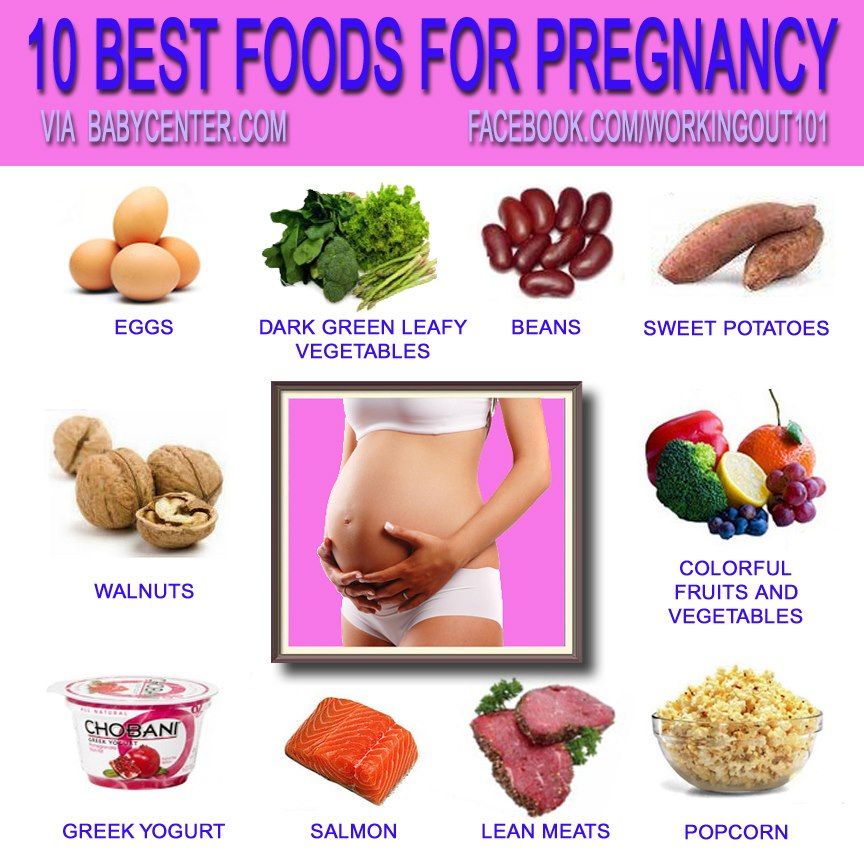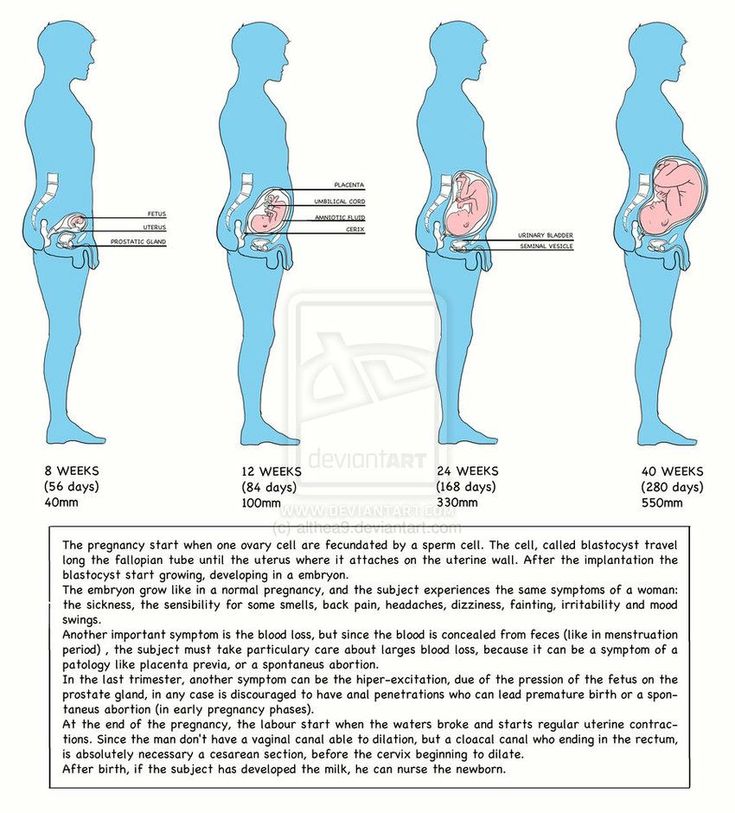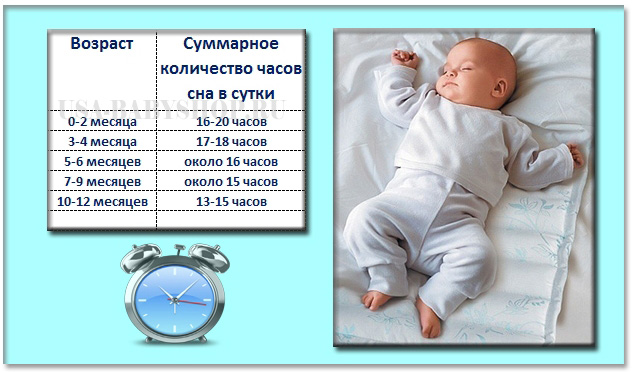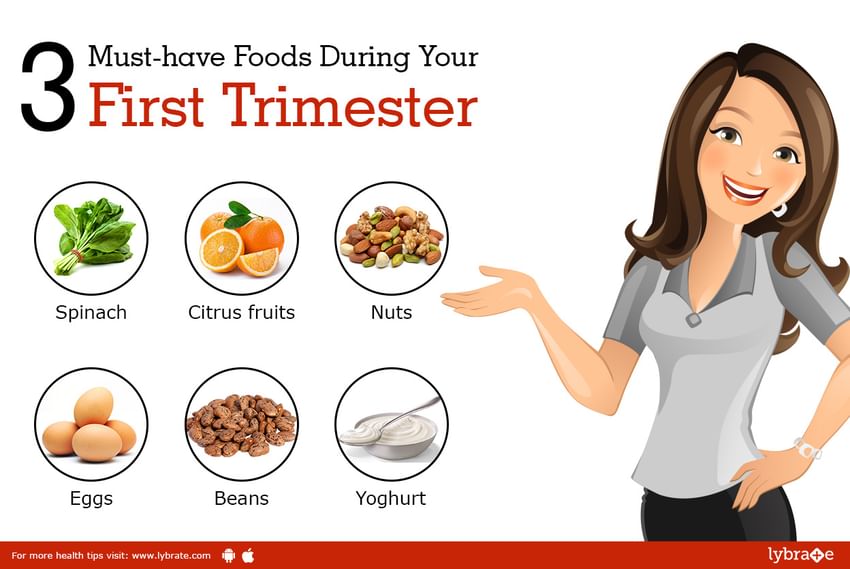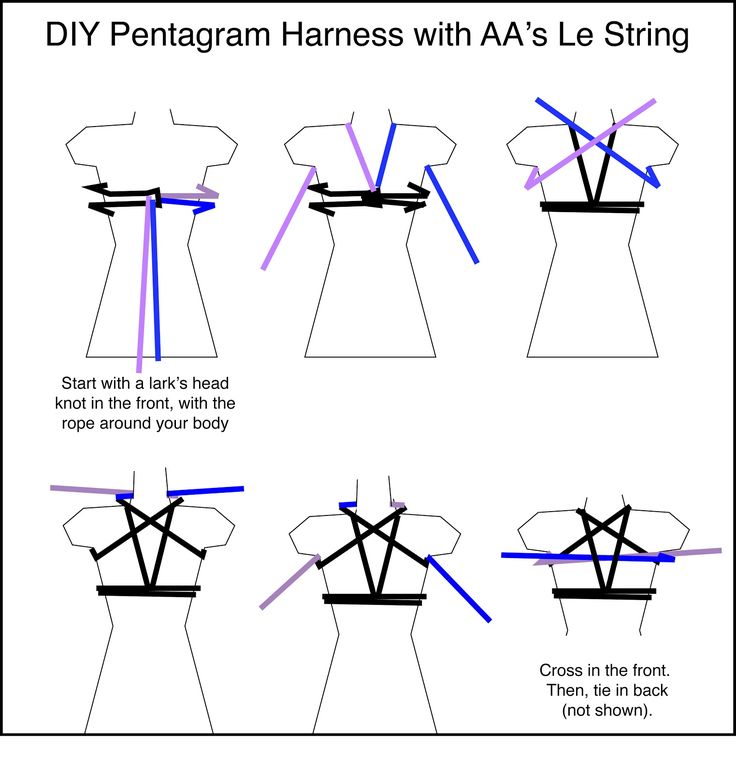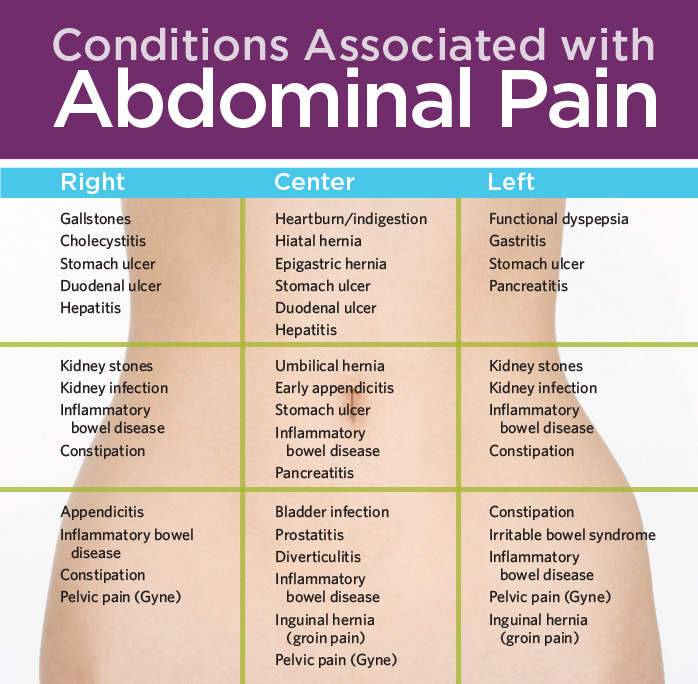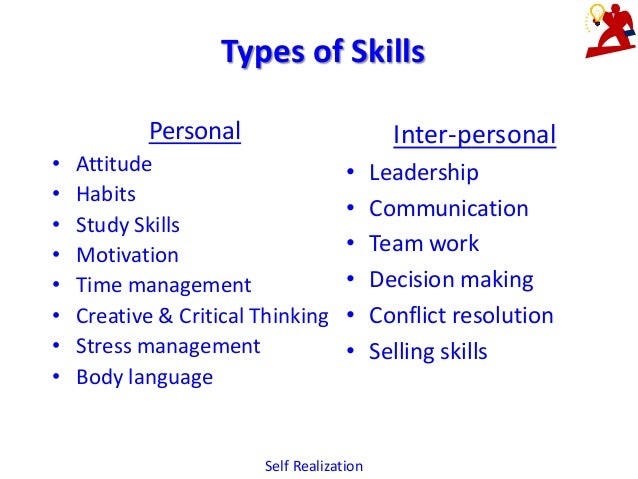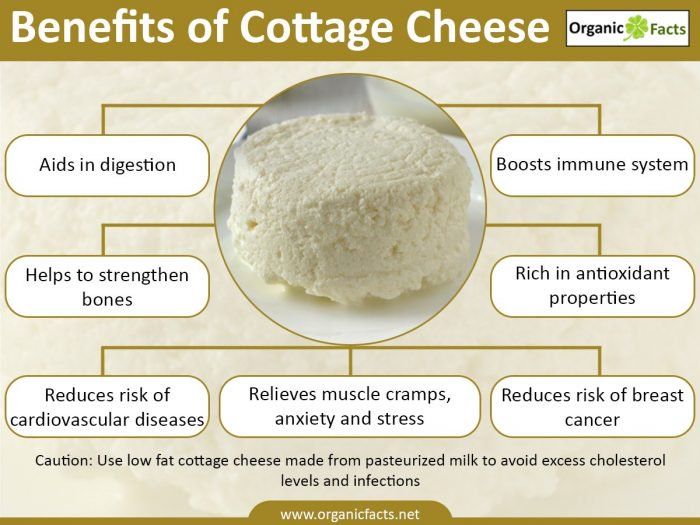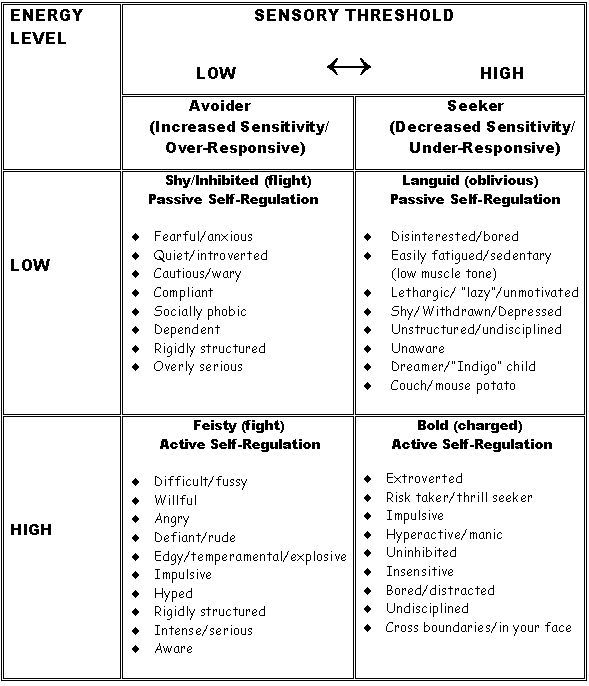Dieting post pregnancy
Pregnancy - After Pregnancy - Postpartum Diet and Exercise
After you have your baby, it is important to take care of yourself and eat nutritious foods.
Diet and Exercise After Pregnancy
If you are breastfeeding, the food you eat helps your baby grow strong and healthy, too. Good eating habits and exercise will help you lose the weight you gained.
Healthy Eating Tips
Eat a variety of foods. Try to eat a balanced diet of fruit, vegetables, grains, protein foods and diary each day. Visit ChooseMyPlate.gov for more information.
Drink plenty of liquids. Your body needs lot of fluid (about 6-10 glasses a day) especially if you are breastfeeding your baby. Drink mostly water, milk, and fruit juice.
Eat foods that have protein such as milk, cheese, yogurt, meat, fish and beans. Protein rich foods are important to help you recover from childbirth and keep your body strong. If you are under 18, or were underweight prior to pregnancy, you need to eat more protein.
Eat your fruits and vegetables. Try to make half your plate fruits and vegetables. Fruits and vegetables have vitamins and minerals that keep you healthy. They also have fiber, which helps prevent constipation. Make sure to wash fruits and vegetables under running cold water before eating them.
Lose weight safely. Talk to your doctor about safely losing weight after your baby is born. Losing weight too quickly can affect your breast milk supply. Do not take diet pills. They contain harmful drugs that can be passed to your baby through breast milk.
Take prenatal vitamins. If you are breastfeeding, it is a good idea to continue to take your prenatal vitamins. Your doctor can prescribe these pills so that your health insurance will cover a portion of the cost.
Limit junk foods. Soda pop, cookies, donuts, potato chips and french fries are okay sometimes, but don’t let them take the place of healthy foods!
Avoid these Foods when Breastfeeding
There are some foods and other substances that can be harmful to both you and your baby if you are breastfeeding.
Alcohol: Wine, wine coolers, beer, drinks like hard lemonade and other malt liquor beverages, shots and mixed drinks contain alcohol that passes to your baby through your breastmilk and can harm your baby’s brain and body development.
Caffeine: Caffeine is a stimulant that passes through breast milk to the baby and may affect growth. Caffeine is found in tea, coffee, chocolate, many soft drinks and over-the-counter medicines.
Swordfish, Shark, King Mackerel and Tilefish: These fish have high levels of a toxin called mercury. Mercury is harmful to your growing baby’s brain. If you eat tuna, it is okay to eat up to 6 ounces of canned tuna a week but make sure to choose light tuna.
Exercise After Pregnancy
Exercise helps you:
- Lose the weight you gained during pregnancy
- Reduce backaches, constipation and bloating
- Lifts your spirits and improves posture
- Helps build muscle tone and strength
- Promotes better sleep
Once your doctor says it is okay to start exercising, there are many ways to be active.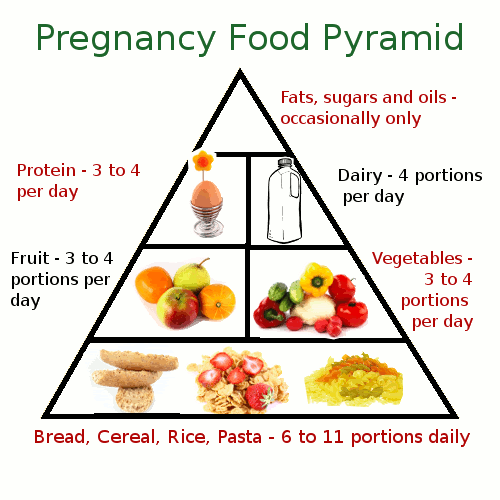
Walking is a great way to exercise because it puts very little stress on your body. Your baby will probably enjoy being walked in a stroller too. Try walking briskly for 20-30 minutes every day or at least 3 times per week. Meet with a friend or other new moms to go walking. It’s good to get out of the house and connect with friends or other new mothers. You will enjoy the chance to talk about your baby or to just be with other adults!
Exercise classes are another fun way to get in shape and sometimes you can find a class that will include your baby. For example, look for a mom and baby yoga class in your area.
The YMCA is a good place to find exercise classes for moms and babies. Some YMCAs offer financial assistance. They may also offer childcare for your baby while you exercise. Find out if you have a YMCA in your area. If you live in the greater Seattle area go to Seattle YMCA.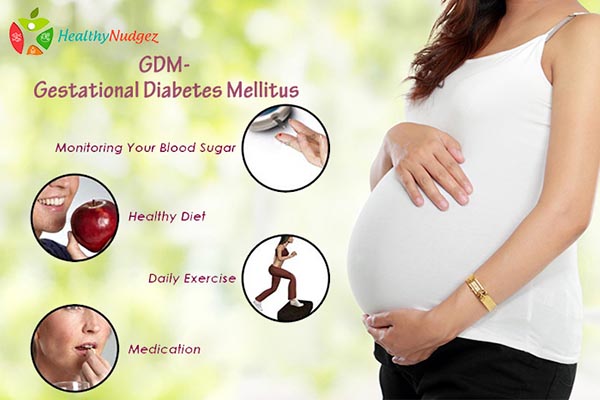
16 Effective Tips to Lose Baby Weight After Pregnancy
Here’s some background on what “baby weight” is, why it happens during pregnancy, and why it won’t be needed after baby makes their appearance in the world.
The Centers for Disease Control and Prevention (CDC) recommends that women within a healthy weight range who are carrying one baby gain 25 to 35 pounds (11.5 to 16 kg) during pregnancy.
Recommended weight gains for expectant people who are underweight, overweight, or carrying multiple babies are different. Check out the interactive calculators at the Institute of Medicine/National Academies to determine your individual recommended weight gain.
Your healthcare providers may also have a different recommendation based on your own needs.
According to research published in the American Journal of Obstetrics & Gynecology, pregnancy weight gain consists of:
- the baby
- placenta
- amniotic fluid
- breast tissue
- blood
- uterus enlargement
- extra fat stores
The extra fat acts as an energy reserve for the birth and breastfeeding.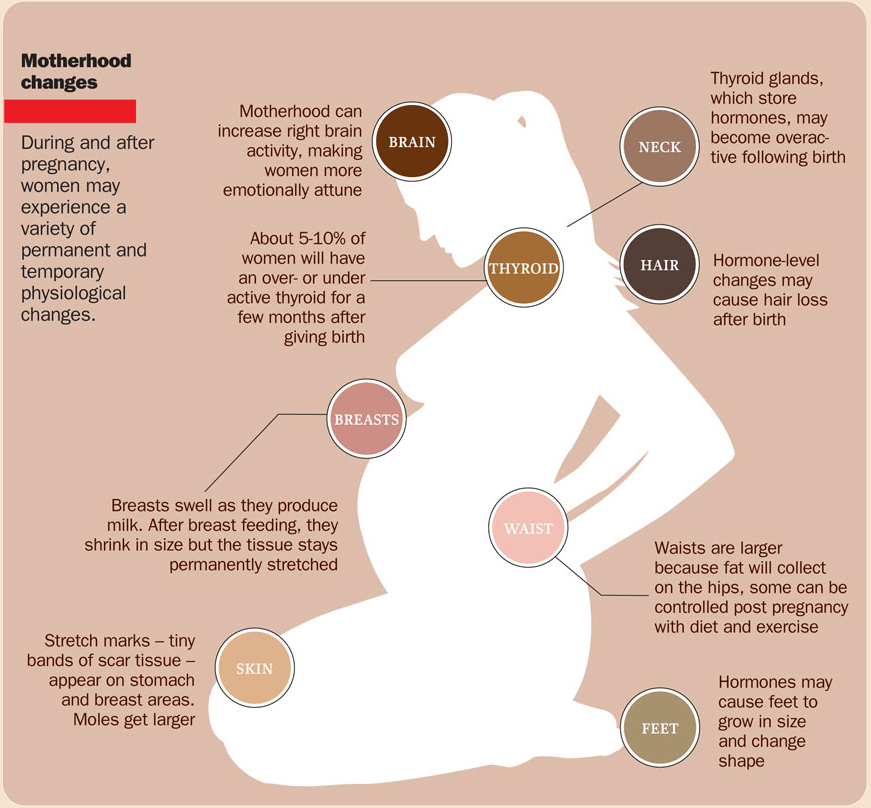 However, excess weight gain can result in too much fat. This is what people generally refer to as “baby weight,” and it’s very common.
However, excess weight gain can result in too much fat. This is what people generally refer to as “baby weight,” and it’s very common.
Nearly half of all pregnant women gain more than the recommended amount of weight during pregnancy, according to the CDC.
The consequences of keeping on some of this extra weight after pregnancy include:
- increased risk of being overweight
- heightened risk of diabetes and heart disease
- greater risk of complications during pregnancy
- higher health risks for women with gestational diabetes
The following list provides evidence-based tips to help you lose the extra pounds.
1. Keep your goals realistic
Despite what magazines and celebrity stories would have you believe, losing weight after pregnancy takes time.
In one 2015 study, 75 percent of women were heavier 1 year after giving birth than they had been before pregnancy. Of these women, 47 percent were at least 10 pounds heavier at the 1-year mark, and 25 percent had kept on 20 more pounds.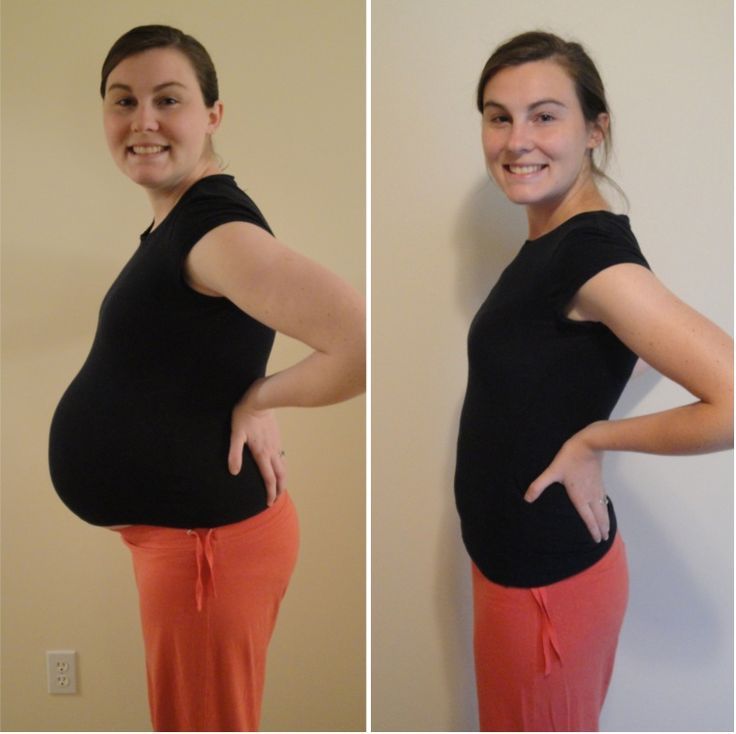
Depending on how much weight you gained during pregnancy, it is realistic to expect that over the next 1 to 2 years you could lose around 10 pounds (4.5 kg). If you gained more weight, you may find you end up a few pounds heavier than you were pre-pregnancy.
Of course, with a good eating plan and exercise, you should be able to achieve any healthy level of weight loss that your doctor gives the thumbs up.
2. Don’t crash diet
Crash diets are very low calorie diets that aim to make you lose a large amount of weight in the shortest amount of time possible.
After delivering a baby, your body needs good nutrition to heal and recover. In addition, if you are breastfeeding, you require more calories than normal, according to the CDC.
A low calorie diet is likely to be lacking in important nutrients and will probably leave you feeling tired. This is the opposite of what you need when taking care of a newborn, and when you’re likely sleep-deprived.
Assuming your weight is currently stable, decreasing your calorie intake by about 500 calories per day will stimulate safe weight loss of about 1.1 pounds (0.5 kg) per week. This amount of weight loss is considered safe for breastfeeding women, according to the Academy of Nutrition and Dietetics.
For example, a woman eating 2,000 calories per day could eat 300 fewer calories and burn an extra 200 calories through exercise, making a reduction of 500 calories in total.
3. Breastfeed if you can
The World Health Organization (WHO), the American Academy of Pediatrics (AAP), and the CDC all recommend breastfeeding. Breastfeeding your baby during the first 6 months of life (or much longer) has many benefits for both you and your baby:
- Provides nutrition: Breast milk contains all the nutrients a baby needs to grow and thrive in the first 6 months of life, according to the WHO.
- Supports the baby’s immune system: Breast milk also contains important antibodies that help your baby fight viruses and bacteria.
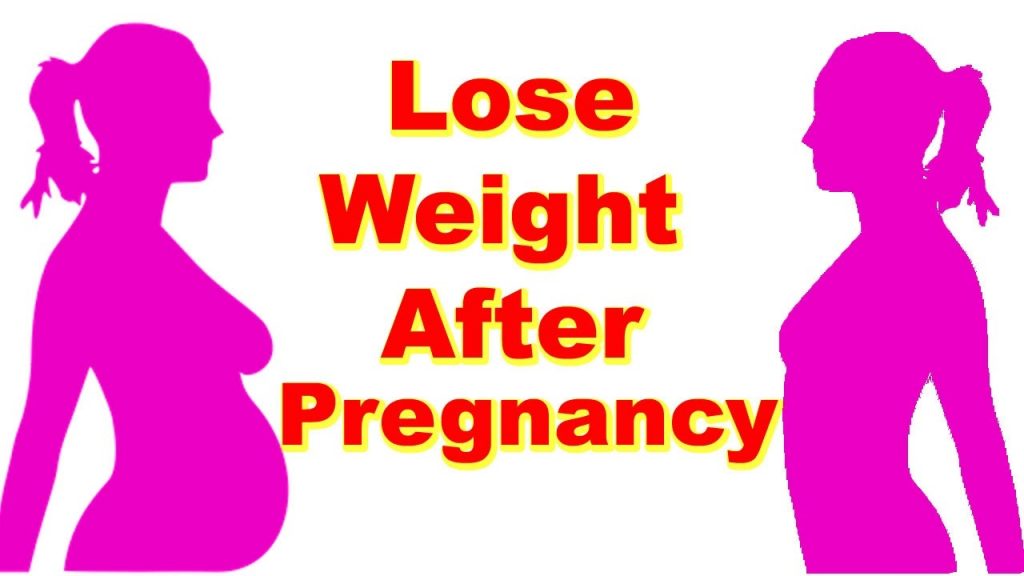
- Lowers the risk of disease in infants: Breastfed infants have a lower risk of asthma, obesity, type 1 diabetes, respiratory disease, ear infections, sudden infant death syndrome (SIDS), and gastrointestinal infections.
- Reduces the mother’s risk of disease: People who breastfeed have lower risks of high blood pressure, type 2 diabetes, breast cancer, and ovarian cancer.
Additionally, research has shown that breastfeeding can support your postpartum weight loss.
However, in the first 3 months of breastfeeding, you may experience no weight loss or even some weight gain. This is due to increased calorie needs and intake, as well as reduced physical activity during lactation.
4. Monitor your calorie intake
We know, calorie counting isn’t for everyone. But if you’re finding that eating intuitively just doesn’t seem to be working, monitoring calories can help you work out how much you are eating and where any problem areas in your eating plan may be.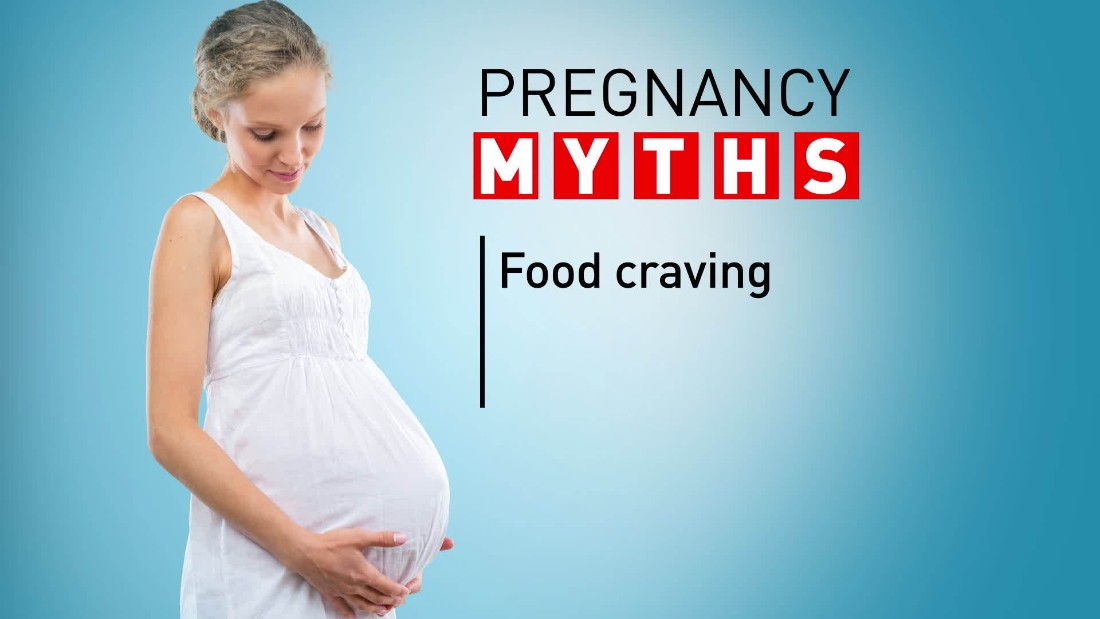
It can also help you ensure you are getting enough calories to provide you with the energy and nutrition you need.
You can do this by:
- keeping a food diary
- taking pictures of your food as a reminder of what you have eaten
- trying a mobile calorie tracking app
- sharing your daily calorie intake with a friend who is also monitoring calories for accountability
Using these techniques can help you reduce your portion sizes and choose healthier foods, which helps with weight loss.
5. Eat foods high in fiber
It’s time to get those healthy grains and veggies on your shopping list. Eating foods that are high in fiber has been shown to help with weight loss.
For example, a 2019 study of the 345 people found that an increase of 4 grams of fiber over what participants had eaten before the study led to an average additional weight loss of 3 1/4 pounds over 6 months.
Soluble fiber foods (like these!) may also help you feel fuller for longer by slowing down digestion and reducing hunger hormone levels, according to a 2015 clinical trial.
These effects on digestion may help reduce calorie intake, though results of studies overall are mixed.
6. Stock up on healthy proteins
Including protein in your diet can boost metabolism, decrease appetite, and reduce calorie intake, according to research published in the American Journal of Clinical Nutrition.
Studies show that protein has a greater “thermic” effect than other nutrients. That means that the body uses more energy to digest it than other types of foods, which results in more calories burned.
Research also shows that protein is also able to suppress appetite by increasing the fullness hormones GLP and GLP-1, as well as reducing the hunger hormone ghrelin. Less hungry hormones means less hangry-ness!
Healthy protein sources include:
- lean meats
- eggs
- low mercury fish
- legumes
- nuts and seeds
- dairy
Check out these portable high protein snacks to take on the go.
7. Keep healthy snacks handy
The foods you have around can have a big effect on what you eat.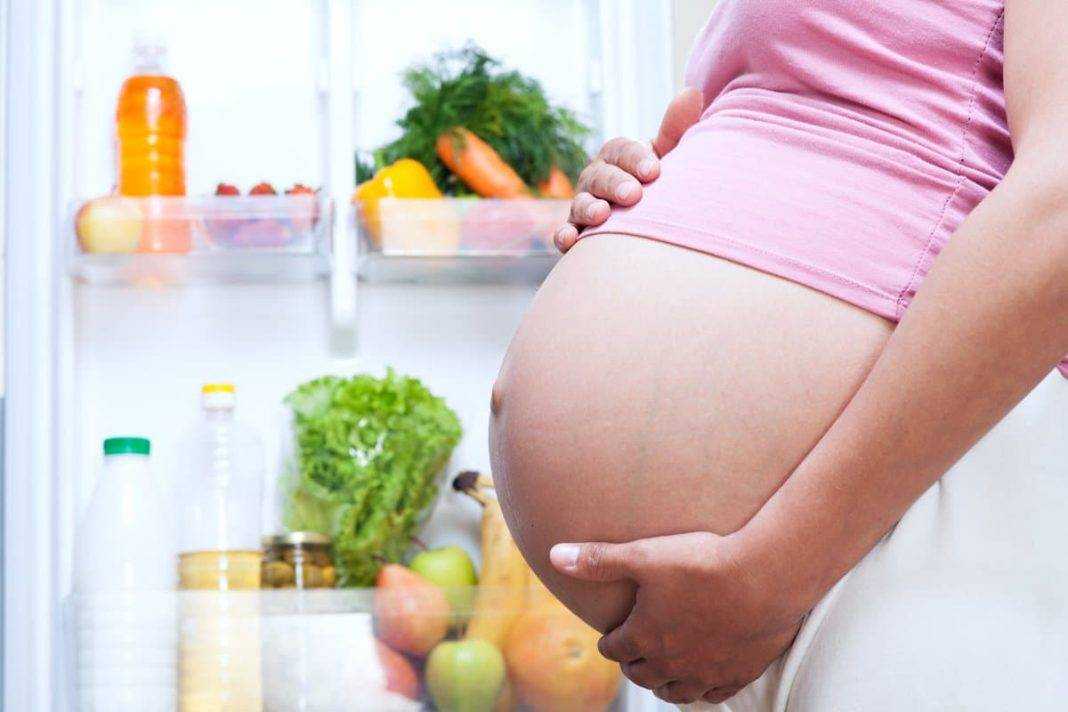 And when you’re searching the pantry for something to munch, a healthy alternative is just the ticket.
And when you’re searching the pantry for something to munch, a healthy alternative is just the ticket.
By stocking up on healthy snacks, you can ensure you have something close at hand when the mood strikes. Here are some to keep on hand:
- cut vegetables and hummus
- mixed nuts and dried fruit
- Greek yogurt and homemade granola
- air-popped popcorn
- string cheese
- spiced nuts
- seaweed snacks
Research shows that just keeping fruit out on the counter has been associated with a lower body mass index (BMI).
Likewise, a comparative study showed that having unhealthy foods out on the counter is associated with increased weight. Pro tip: Keep processed foods and sweets out of the kitchen, or even better, out of the house.
We’re loving these healthy snack ideas for the office, the pantry, or wherever you go.
8. Avoid added sugar and refined carbs
Though they may be tempting, sugar and refined carbs are high in calories and usually low in nutrients.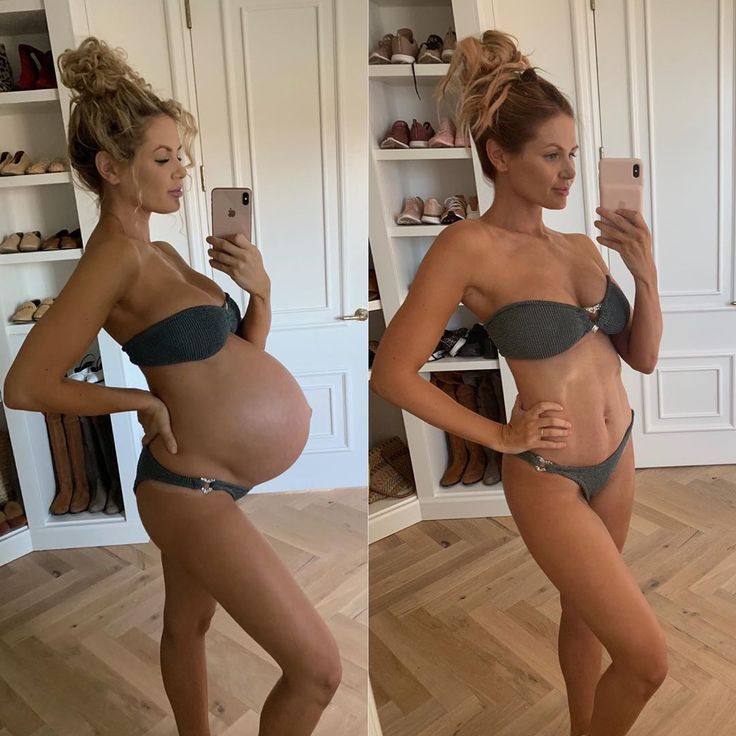 And there are healthy and delicious alternatives.
And there are healthy and delicious alternatives.
Research associates a high intake of added sugar and refined carbs with an increase in weight, diabetes, heart disease, some cancers, and even cognitive decline.
Common sources of added sugars include:
- sugary drinks
- fruit juice
- any type of refined sugar
- white flour
- sweet spreads
- cakes
- biscuits
- pastries
When you’re choosing food at the grocery store, read the food labels. If sugar is one of the first ingredients on the list, that product is probably better to avoid.
It’s easy to reduce your sugar intake by avoiding processed foods and sticking to whole foods such as vegetables, legumes, fruits, meats, fish, eggs, nuts, and yogurt.
Here are some examples of low sugar breakfast ideas to get your wheels turning.
9. Avoid highly processed foods
If you’ve been taking note so far, a lot of these tips are made far easier when you’re eating whole, unprocessed foods.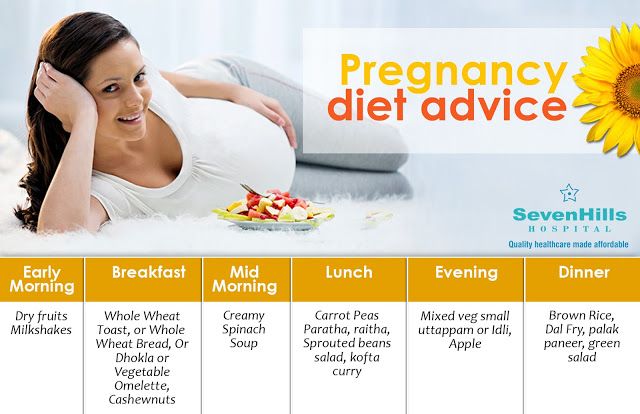 They’re usually full of protein, fiber, and less sugar.
They’re usually full of protein, fiber, and less sugar.
Processed foods, on the other hand, are often high in sugar, unhealthy fats, salt, and calories, all of which can counteract your weight loss efforts, according to the National Institutes of Health (NIH).
These foods include:
- fast foods
- prepackaged foods
- chips
- cookies and baked goods
- candy
- ready meals
- boxed mixes
- processed cheeses
- sugary cereals
Plus research has associated consumption of processed foods with more addictive eating behavior.
Unfortunately, these foods make up a large part of many people’s nutritional intake, according to research published The American Journal of Clinical Nutrition.
You can reduce the amount of processed foods you eat by replacing them with fresh, whole, nutrient-dense foods.
10. Avoid alcohol
Research has shown that small amounts of alcohol, such as a glass of red wine, do have some health benefits.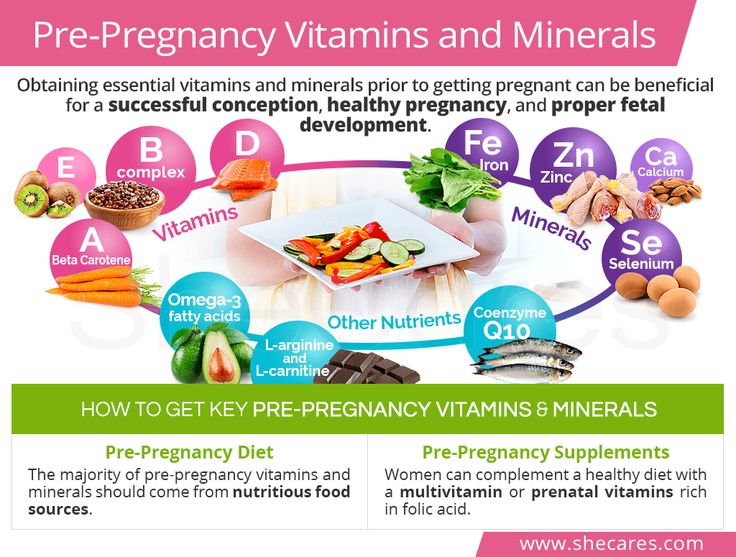
However, when it comes to weight loss, alcohol provides extra calories without much in the way of nutrition.
Additionally, alcohol may be related to weight gain and may lead to more fat being stored around the organs, also known as belly fat.
According to research, there is no known safe level of alcohol for infants. The CDC advises that the safest option for infants is for breastfeeding mothers not to drink at all.
When you’re in the mood to celebrate, we’d recommend something low sugar and bubbly like an unsweetened flavored sparkling water.
11. Get moving
Moving your body has tons of benefits in general, but can especially supercharge weight loss. Cardio, such as walking, jogging, running, cycling, and interval training, helps you burn calories and has numerous health benefits.
According to the CDC, exercise improves heart health, reduces the risk and severity of diabetes, and may reduce the risk of several types of cancer.
Although exercise alone may not help you lose weight, an analysis of eight studies showed that exercise will help if you combine it with good nutrition.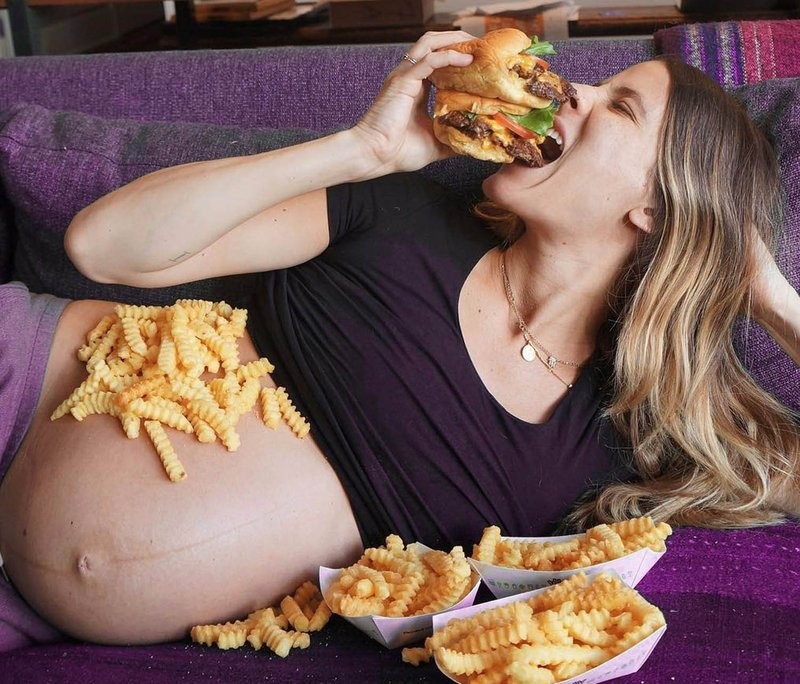
For example, the analysis showed that people who combined diet and exercise lost an average of 3.7 pounds (1.72 kg) more than those who just dieted.
The CDC indicates that aerobic exercise is especially important for fat loss and heart health. So even just going for a walk is a good step toward improving your weight and health.
After delivery, your pelvic and stomach areas need time to heal, especially if you have had a cesarean delivery.
How long after childbirth you can safely start exercising depends on the mode of delivery, whether there were any complications, how fit you were before and during pregnancy, and how you feel generally. Your healthcare professional will help you decide your timing.
After your healthcare professional gives you the go-ahead to start exercising, the CDC recommends that postpartum people do at least 150 minutes of moderate-intensity aerobic physical activity, such as brisk walking, spread throughout the week.
After you get the go-ahead to start, find an activity you really enjoy and can continue long after you get to a healthy weight.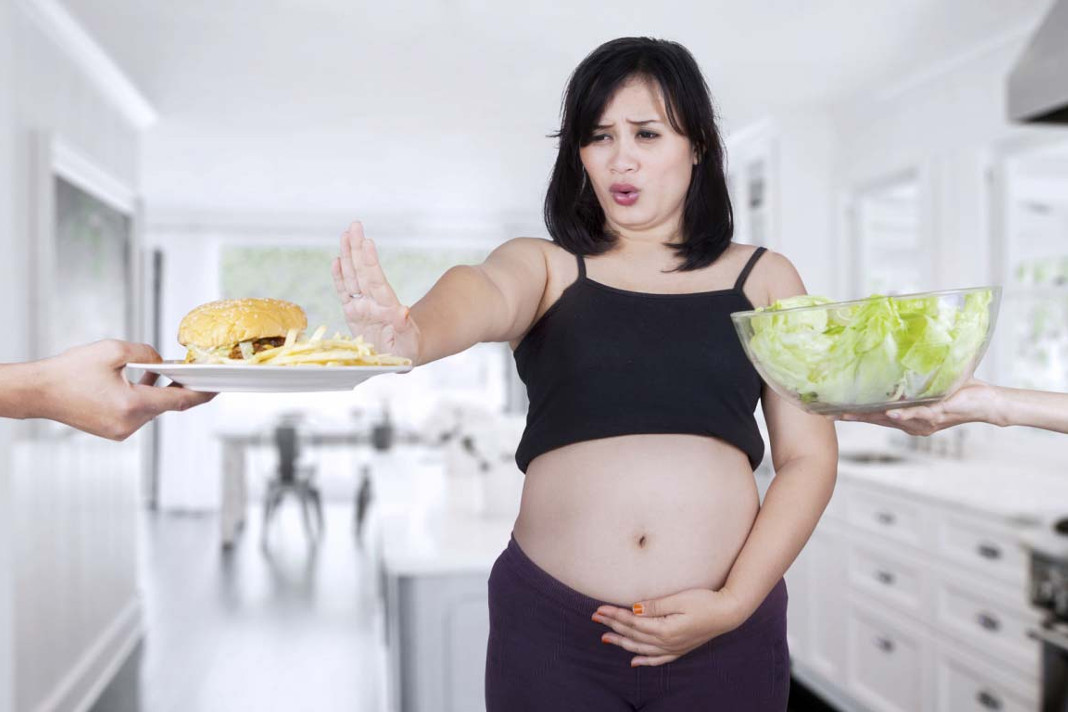
12. Don’t resist that resistance training
Resistance training like weight lifting will help you lose weight and retain muscle mass.
Research has shown that a combination of diet and resistance training has been found to be the most effective method for reducing weight and improving heart health.
Finding time to exercise with a baby can be difficult, but there are gyms that offer classes for mothers and babies (in person and online!), as well as YouTube videos and mobile apps that can help you out.
Simple bodyweight exercises at home are free and can be modified to your skill level.
13. Drink enough water
Stay hydrated, friends. Drinking enough water is vital for anyone trying to lose weight. The CDC points out that choosing water over just one 20-ounce sweetened beverage can save you 240 calories.
According to a 2016 study, drinking water may increase your sense of fullness and stimulate your metabolism, leading to weight loss.
However, not all researchers agree. Another study suggests there is no conclusive correlation between water consumption and weight loss.
Another study suggests there is no conclusive correlation between water consumption and weight loss.
However, for breastfeeding women, there’s no question that staying hydrated is important to replace fluids lost through milk production.
A common recommendation from health authorities is to drink eight 8-ounce glasses, which amounts to half a gallon, or about 2 liters. This is easy to remember as the “8×8 rule.”
The 8×8 rule is a good goal that can assist with weight loss and keep you hydrated. However, women who are breastfeeding or exercising strenuously may need more.
Plain water is best, but unsweetened sparkling water once in a while can add some variety.
14. Get enough sleep
You already know this is a tough one. That little one wants you around the clock. But doing whatever you can to get adequate sleep will benefit you.
A lack of sleep can negatively affect your weight. One research review showed that a lack of sleep is related to retaining more weight after pregnancy.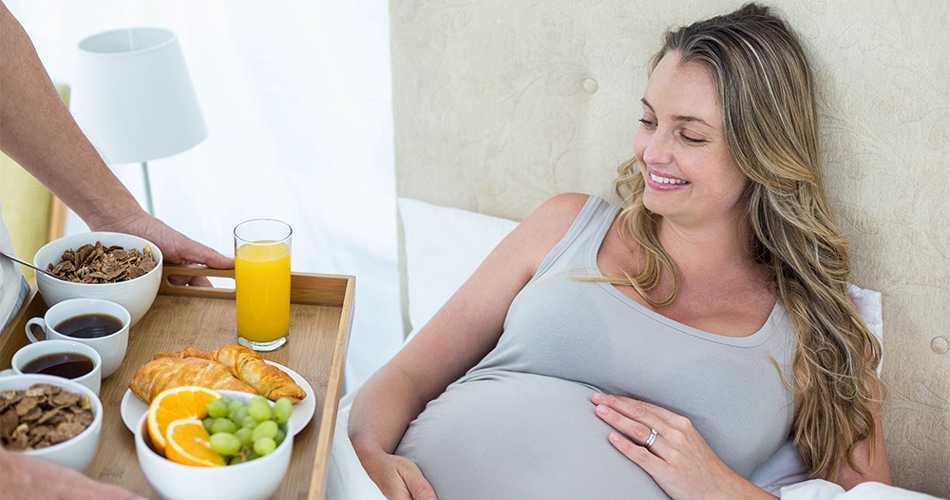
This association may also be true for adults in general. A review of 11 studies found a significant correlation between short amounts of sleep and obesity.
For new mothers, getting enough sleep can be a challenge. Strategies that may help include asking for help from family and friends and limiting your caffeine intake
Don’t forget: Your health is just as important as baby’s health, so ask for help to get the sleep you need.
15. Seek support
Group-based weight loss can be beneficial for some people. A research analysis showed that people who engage in group-based weight loss tend to lose more, or at least as much, weight as those who lose weight alone.
Both face-to-face weight loss groups and online communities may be helpful.
However, another research review that included 16,000 people found that group weight loss had no significant effect compared to other weight loss interventions.
Finding a method that suits your lifestyle and preferences is probably the best option.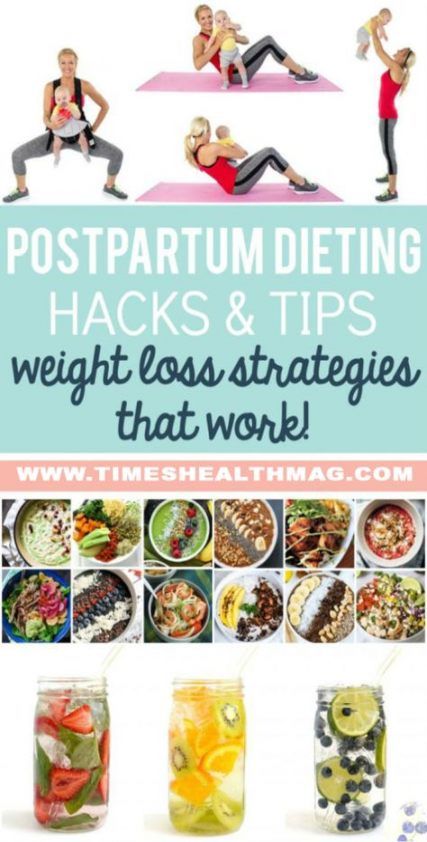 Here are some ways to find your people.
Here are some ways to find your people.
16. Ask for help
Being a new parent can be a daunting role and a lot of work. Sleep deprivation and stress can be overwhelming, and 1 in 9 new mothers also experience postpartum depression.
While achieving a healthy weight after pregnancy is important, it shouldn’t add undue stress and anxiety. Making small changes that you can maintain for the long haul is key.
If you are feeling depressed or anxious, or you’re simply struggling to cope, don’t be afraid to reach out for help. Ask friends and family for help around the house, preparing meals, or taking care of the baby for a few hours to allow you to rest or get some exercise.
If you need more help, your doctor, dietitian, family nurse, or a psychologist can offer you support. Also consider the Postpartum Support International Helpline: 800-944-4773.
Carrying some extra weight after pregnancy is very common and nothing to get down on yourself about. Your body did an amazing thing.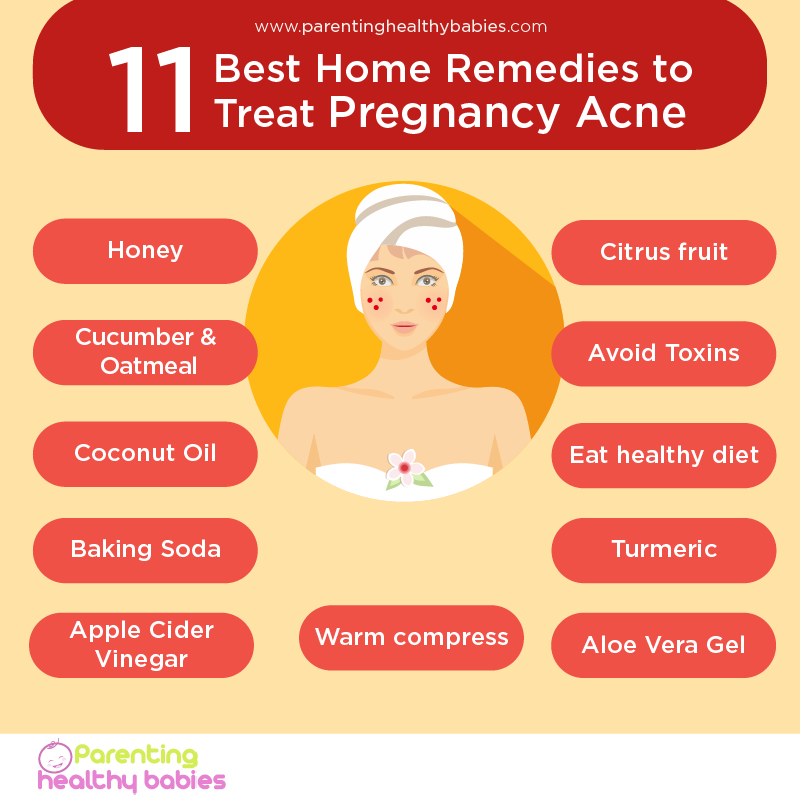
But getting back into a healthy weight range is beneficial for your health and any future pregnancies so it’s definitely worth working at.
Being healthy will allow you to enjoy time with your baby and get the most out of being a new parent.
The best and most achievable way to lose weight is through a healthy diet, breastfeeding, and exercise. Talk to your healthcare team for tips, advice, and support.
Quick takeaway tips
- Weight loss after pregnancy can take time, and you may not go back to your pre-baby weight or a healthy weight straight away.
- Low calorie diets are not recommended, particularly for people who are breastfeeding. However, decreasing your intake by about 500 calories per day is generally safe and will help you lose about 1 pound (0.5 kg) per week.
- Breastfeeding has many benefits for both mother and child. It may make weight loss more difficult in the first 3 months postpartum, but it may help you lose weight later.
- Counting calories manually or with an app may help you keep track of what you are eating and support weight loss.

- Soluble fiber may help with weight loss by increasing feelings of fullness and regulating appetite hormones.
- Protein supports weight loss by boosting your metabolism, increasing feelings of fullness, and reducing appetite.
- Keep healthy foods like fruit, vegetables, nuts, and yogurt at home and easily accessible. Store unhealthy foods out of sight or don’t keep them in the house at all.
- Processed foods are higher in added sugars, fat, salt, and calories, and they are bad for your health. Replace them with fresh whole foods.
- Avoid alcohol if you are trying to lose weight. Additionally, the alcohol you drink may be passed to your baby during breastfeeding.
- Aerobic exercise has many important health benefits. Exercise — at any level of intensity — combined with a healthy eating plan makes for an effective weight loss method.
- Resistance training helps you lose weight and maintain muscle mass and may help breastfeeding women retain bone mineral density.

- Drinking water boosts your metabolism and aids weight loss. It is especially important to stay hydrated during breastfeeding.
- Poor sleep can negatively impact your weight loss efforts. Although it is difficult with a newborn, try to get as much sleep as you can and ask for help when you need it.
- In-person and online weight loss groups may be beneficial, though more research is needed to compare their effectiveness to other weight loss strategies.
- Getting to a healthy weight is important, but take care not to let your weight become a cause of stress or anxiety. If you feel you aren’t coping well, ask for help from your family, friends, or medical practitioner.
Feeding a nursing mother in the first month after birth: diet
Typical mistakes
Diet for weight loss
The start of lactation is not the right time for a diet. The body burns an additional 500-600 calories daily simply by producing milk. Watch your diet, do not "eat for two", do not eat foods that do not benefit the body.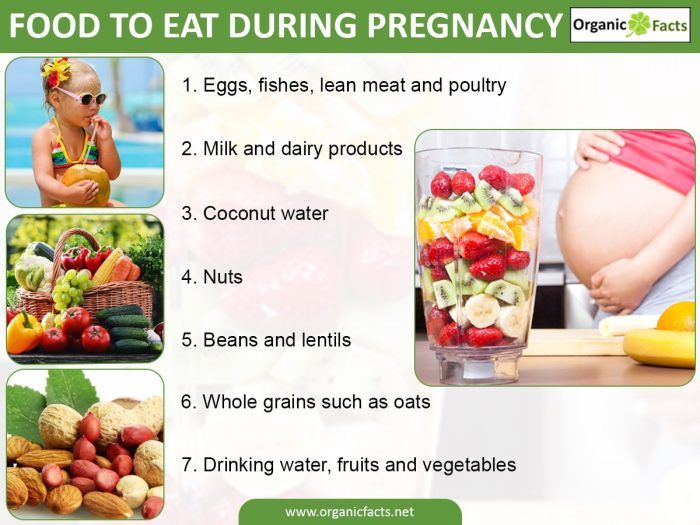 So you will lose the kilograms gained during pregnancy. Then the weight stabilizes.
So you will lose the kilograms gained during pregnancy. Then the weight stabilizes.
Skip meals
You need energy now, despite all the difficulties that inevitably arise after the birth of a baby, try to organize your life so that you eat regularly: three times a day plus two small snacks.
Alcohol
After nine months of completely avoiding alcohol, it seems that now the restrictions have been lifted. But you have to wait until the end of lactation. Alcohol quickly passes into milk, changes the taste and does not benefit the baby's health. Alcoholic drinks reduce lactation. nine0007
What to eat
A mother's diet immediately after birth should be primarily varied, rich in fruits, vegetables, grains and dairy products. Do not forget that now the baby receives all the "building materials" for the body exclusively from mother's milk.
Several key vitamins and minerals often deficient in breast milk: iron, calcium, vitamins A, C and D. Pay special attention to foods:
Pay special attention to foods:
- Iron is rich in meat and egg yolks, as well as legumes (lentils and beans). Iron deficiency leads to anemia, fatigue, whims. And this applies in this case to the mother and to the child. Vegetarian mothers who do not eat food of animal origin are recommended by doctors to take iron supplements, as well as B12, which supports liver function.
- If the baby does not have enough calcium for growth, then he will take it from his mother's body, her bones. They will become brittle and brittle, and the risk of fractures will increase. Make sure you have enough dairy (milk, yogurt, cheese, cottage cheese) and other calcium-rich foods (broccoli, egg yolks, celery, cabbage) in your diet. Remember that in the first six months of breastfeeding, the body should receive 1200 mg of calcium. If you're still not getting enough with food, talk to your doctor about vitamins. In addition to calcium, they must also contain vitamin D in order for calcium to be absorbed. nine0007
nine0007
- Vitamin A is essential for good vision and skin. They are rich in egg yolks, butter and carrots. But carrots are a potentially allergenic vegetable, a woman should eat them carefully during lactation, it is better to start with stewed or boiled in small quantities and watch the baby's reaction.
- Vitamin C improves immunity. There is a lot of it in citrus fruits (lemons, oranges, grapefruits), but these fruits are strong allergens. They must be eaten carefully, watching the baby. And even if there is no allergic reaction, eat no more than one orange or grapefruit per day. nine0007
- Drink more water (water, not other liquids). One and a half to two liters a day will allow the body to properly absorb food and function normally.
Diet restrictions
Which foods should be avoided completely and which should be used with caution?
- Caffeine passes quickly into breast milk. Don't drink more than two cups of tea, coffee, hot chocolate, or drinks like Coca-Cola a day. Decoctions of all kinds of herbs and other decaffeinated drinks do not create problems. nine0007
Decoctions of all kinds of herbs and other decaffeinated drinks do not create problems. nine0007
- Avoid energy drinks, they often contain substances that are harmful to children.
- Don't binge on sweets - there is no nutritional value, and problems with being overweight can start in mother and child.
- It is best to limit the consumption of fish that have the potential to contain methylmercury. This toxic compound is formed as a result of pollution of the world's oceans and along the food chain algae - plankton - small fish - large fish gets to our table. Excess methylmercury is bad for the body. Most of it in large fish-eating individuals, limit (do not completely exclude) the consumption of tuna, marlin, perch, pike. At the same time, it is impossible to completely abandon fish, since it is rich in essential amino acids (for example, omega-3), which are necessary during this period of baby development. nine0007
— Another problem that breastfeeding mothers are increasingly facing is food allergies in babies.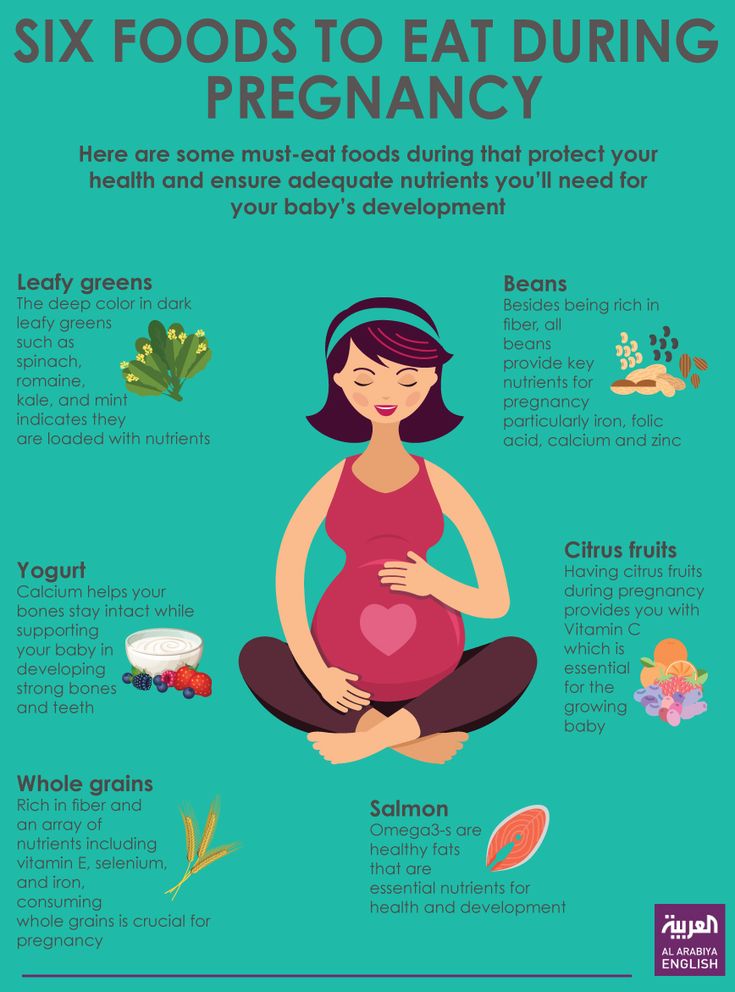 Doctors have no common opinion about the causes of its occurrence. Someone talks about a genetic predisposition, someone about bad ecology. Anything can be an allergen, from milk to fish. At the very beginning of feeding, introduce each new product with caution and do not eat anything in large quantities. If you notice characteristic irritations and redness on the baby's skin, remember what you ate before feeding. Eliminate this product and the rash will be gone within 48 hours. It is easy to stick to a diet when it comes to one product, such as buckwheat. The life of a mother during lactation is greatly complicated if the child is allergic to milk or gluten. She will have to eliminate all foods with lactose or flour from the diet. Compensate for the lack of nutrients in food with vitamin complexes. nine0007
Doctors have no common opinion about the causes of its occurrence. Someone talks about a genetic predisposition, someone about bad ecology. Anything can be an allergen, from milk to fish. At the very beginning of feeding, introduce each new product with caution and do not eat anything in large quantities. If you notice characteristic irritations and redness on the baby's skin, remember what you ate before feeding. Eliminate this product and the rash will be gone within 48 hours. It is easy to stick to a diet when it comes to one product, such as buckwheat. The life of a mother during lactation is greatly complicated if the child is allergic to milk or gluten. She will have to eliminate all foods with lactose or flour from the diet. Compensate for the lack of nutrients in food with vitamin complexes. nine0007
What to eat to get more milk?
There are various superstitions in many countries. Many believe that oatmeal, almonds, rice, chicken, or milk tea promote lactation. The most common misconception on this topic concerns beer. This is not true, alcohol, on the contrary, reduces "performance".
The most common misconception on this topic concerns beer. This is not true, alcohol, on the contrary, reduces "performance".
And there are no scientific studies that prove that this or that product consumed by a nursing woman increases lactation. nine0007
If there is not enough milk, breastfeed more often and make sure that the breast is completely "empty" after each feed.
Feeding menu
The mother's diet during the first months of feeding should be balanced. Do not lean on one product, it can cause stomach problems in the child.
A woman's daily menu immediately after giving birth must include:
- At least five fruits and vegetables nine0075 Bran bread, durum wheat pasta, rice or other grains or potatoes
- Four dairy products a day
- Meat, eggs or fish once or twice a day
Let's be realistic - in our hectic time it is very difficult to follow all the recommendations of nutritionists.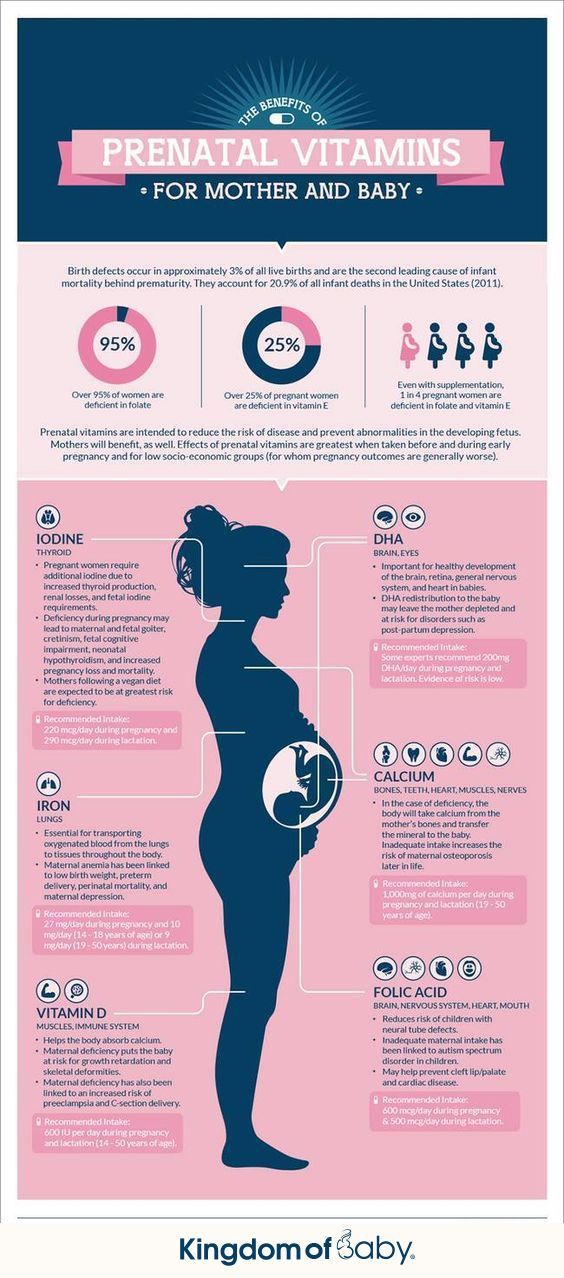 But if a woman usually answers only to herself, then during feeding she is also responsible for the health of the baby, because he receives all the nutrients only from mother's milk. Therefore, nevertheless, listen to the advice of doctors and make your diet more varied, and replace the missing elements with vitamins. nine0007
But if a woman usually answers only to herself, then during feeding she is also responsible for the health of the baby, because he receives all the nutrients only from mother's milk. Therefore, nevertheless, listen to the advice of doctors and make your diet more varied, and replace the missing elements with vitamins. nine0007
How to quickly lose weight after childbirth: diet, fitness, beauty treatments
The question "how to regain a beautiful figure" worries almost every woman who has given birth. The main difficulty of the "weight loss" process is that radical methods are not very useful for young mothers. In order to fit into your favorite dress or old - reference - jeans, it is not at all necessary to completely refuse food: a slender beautiful body can be obtained in a much more gentle and, most importantly, pleasant way. nine0007
Masha Guseva
New mothers have enough stress without strict diets: hormonal changes in the body, sleepless nights, problems with feeding - in general, you yourself know all this very well.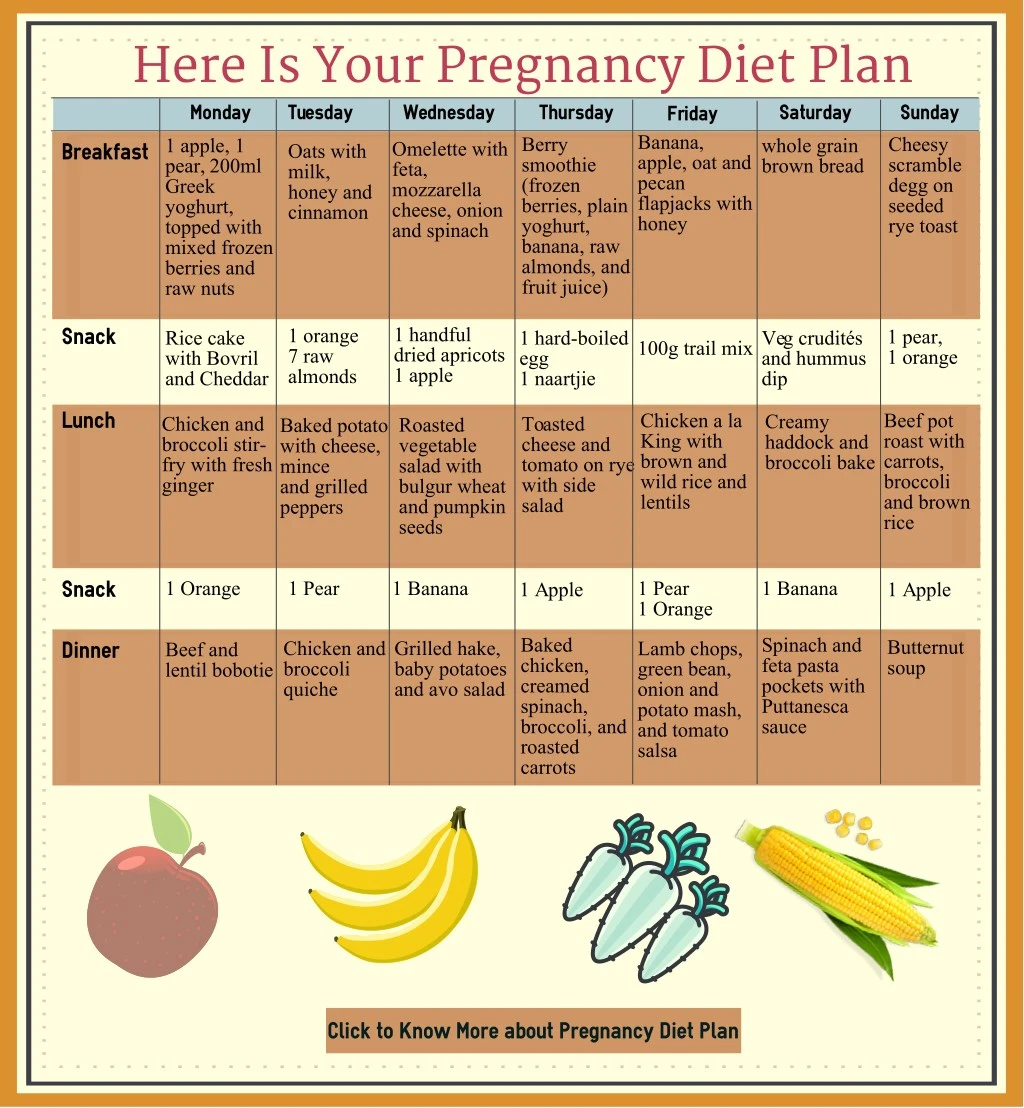 On any "mom" forum or in reviews, you can read an insane amount of advice on how to lose weight after childbirth, but most of them will turn out to be ineffective or purely individual. In the postpartum period, it is a normal and balanced diet that is the key to a woman’s good mental and physical well-being, which means that starving yourself is not only pointless, but also harmful. We invite you to abandon the search for a miraculous express diet and develop a long-term weight loss strategy based on three pillars: proper nutrition, exercise and cosmetic procedures. nine0007
On any "mom" forum or in reviews, you can read an insane amount of advice on how to lose weight after childbirth, but most of them will turn out to be ineffective or purely individual. In the postpartum period, it is a normal and balanced diet that is the key to a woman’s good mental and physical well-being, which means that starving yourself is not only pointless, but also harmful. We invite you to abandon the search for a miraculous express diet and develop a long-term weight loss strategy based on three pillars: proper nutrition, exercise and cosmetic procedures. nine0007
How to quickly lose weight after childbirth - diet
First you need to radically restructure the diet and diet. From now on, we eat five times a day and strictly on schedule, stop nightly raids on the refrigerator, and at the same time get rid of excess fats and fast carbohydrates. Since the baby receives everything from breast milk during breastfeeding, in order to lose weight after childbirth, it is important that the food is healthy and varied.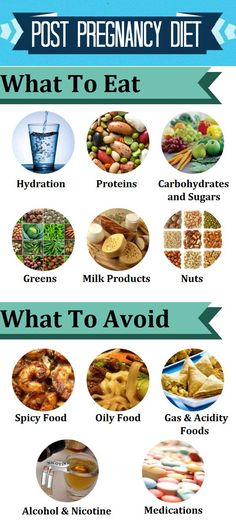 And most importantly, don't eat for two. You need to eat FOR two - useful and varied. nine0007
And most importantly, don't eat for two. You need to eat FOR two - useful and varied. nine0007
Not allowed:
ready-made sauces (including mayonnaise and sour cream), packaged juices, yoghurts and curds with sugar, store-bought cakes, chips, butter and cream.
You can:
cereals, fruits, vegetables, low-fat milk, natural dairy products, cheese, meat, fish and even chocolate.
How to cook?
Food can be boiled, stewed, baked in a double boiler, slow cooker or air grill - in general, anywhere where oil is not required. If such methods seem dull to you, use spices. nine0007
Approximate daily ration
Breakfast: Before the first meal, your body is still sleeping, which means that metabolic processes are extremely sluggish in it, and it is food that can start them at the right pace.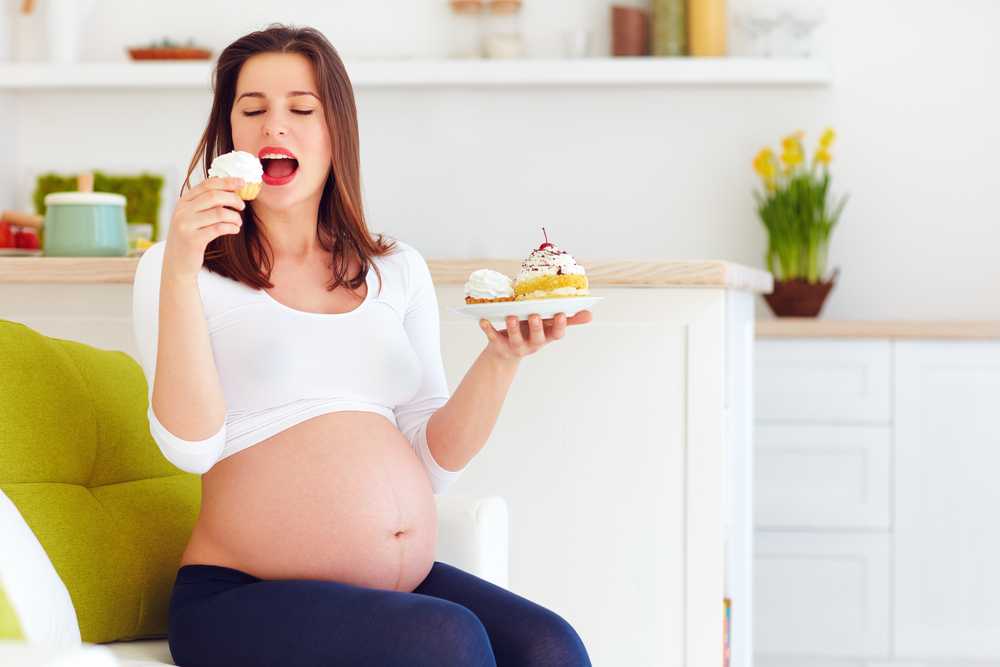 Ideally, these should be the so-called complex carbohydrates - cereals, durum wheat pasta or stewed vegetables. Spice up your breakfast with slices of cheese, marmalade, or a couple of chocolates.
Ideally, these should be the so-called complex carbohydrates - cereals, durum wheat pasta or stewed vegetables. Spice up your breakfast with slices of cheese, marmalade, or a couple of chocolates.
Second breakfast: A couple of hours after the first meal, have a snack of yogurt, pear or peach. But it is better to postpone apples, bananas and grapes if you need to quickly lose weight after childbirth. nine0007
Lunch: In order to maintain your strength and not feel hungry, one dish is enough - either soup, or, in fact, the "second". The ideal option is meat or fish with vegetables.
Snack: Same as lunch. If you ate yogurt in the morning, now you can have a pear snack. And vice versa.
Dinner: We rely on complex carbohydrates and fiber. Pasta with vegetable sauce (no oil!), stewed vegetables, buckwheat or rice with pieces of fruit are suitable for you.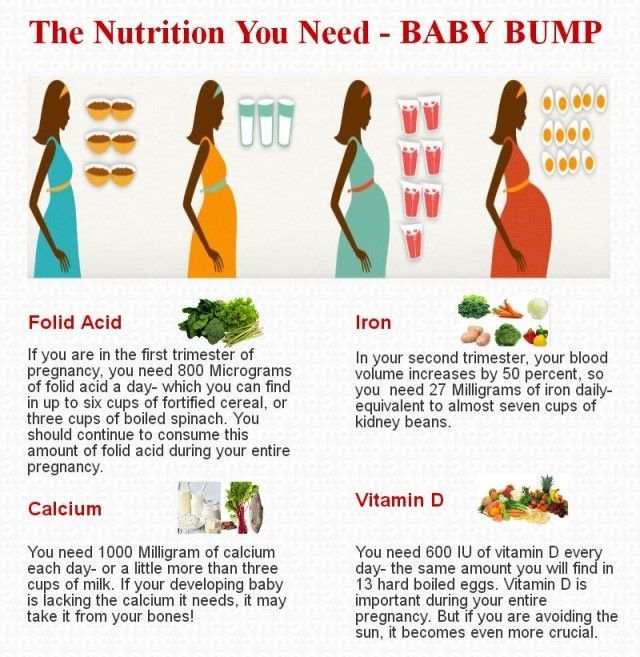 And here's what time you need to have dinner, see here. nine0007
And here's what time you need to have dinner, see here. nine0007
So, we figured out the schedule and allowed food, now let's talk about the size of portions. Your stomach in a normal state is equal in size to a palm clenched into a fist, and it is absolutely not necessary to stretch it strongly. In order to lose weight after childbirth quickly and efficiently, the amount of food that you eat at a time should fit in a handful: everything is clear with cereals and pasta, and a piece of meat or fish should be no larger than your palm.
With this diet, you will lose weight on average 1-2 kilograms per week. And faster and not required! nine0007
How to lose weight after childbirth with the help of fitness
“Is it possible to lose weight without sports?” - this is one of the most pressing questions for girls who dream of losing weight after giving birth. In principle, this is quite real, only parting with extra pounds will be much slower, and the end result is unlikely to please you.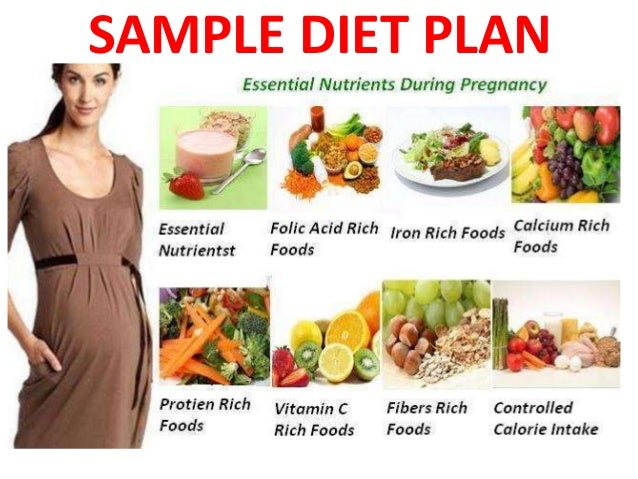 The fact is that a good figure is determined not only by centimeters and kilograms. This is also correct posture, a flat stomach, and, for example, elastic hips. Skin hanging in folds - and this is exactly what happens if you do not play sports during weight loss - has nothing to do with a truly beautiful and toned body. Sport in general is a very useful thing, and in combination with a diet, it works real miracles. At the same time, it is absolutely not necessary to go to a fitness club: all the necessary muscle groups can be put in order at home. If the birth was natural and without complications, then you can start exercising after 7-10 days. After a caesarean section, it is better to wait 1.5-3 months. nine0007
The fact is that a good figure is determined not only by centimeters and kilograms. This is also correct posture, a flat stomach, and, for example, elastic hips. Skin hanging in folds - and this is exactly what happens if you do not play sports during weight loss - has nothing to do with a truly beautiful and toned body. Sport in general is a very useful thing, and in combination with a diet, it works real miracles. At the same time, it is absolutely not necessary to go to a fitness club: all the necessary muscle groups can be put in order at home. If the birth was natural and without complications, then you can start exercising after 7-10 days. After a caesarean section, it is better to wait 1.5-3 months. nine0007
The main exercise that will most beneficially affect all parts of your body is walking. And given the fact that it is advisable to walk with a child twice a day, there should be no problems with its implementation. Choose comfortable clothes and shoes and go aimlessly with a stroller - a daily one-hour forced march will be enough to lose weight after childbirth as quickly as possible without exhausting workouts.
Chest
Unfortunately, it is impossible to pump up the bust and make it more elastic after childbirth - due to the lack of muscles in this part of the body. But it is quite possible to strengthen the deltoid muscle, which is responsible for the beautiful shape of the breast, and ordinary push-ups will help us in this matter - an excellent and effective tool for losing weight after childbirth and more!
STARTING POSITION: lying support. We rest our knees on the floor, arms are straight, palms are turned with fingers inward.
PROCESS: while exhaling we bend our elbows, bringing the chest as close to the floor as possible, while inhaling we return to the starting position. For starters, 5 times will be enough, but gradually the number of push-ups should be increased to two sets of 15 times. nine0007
NUANCES: do not arch your back during the exercise: the weight should be distributed evenly on both arms.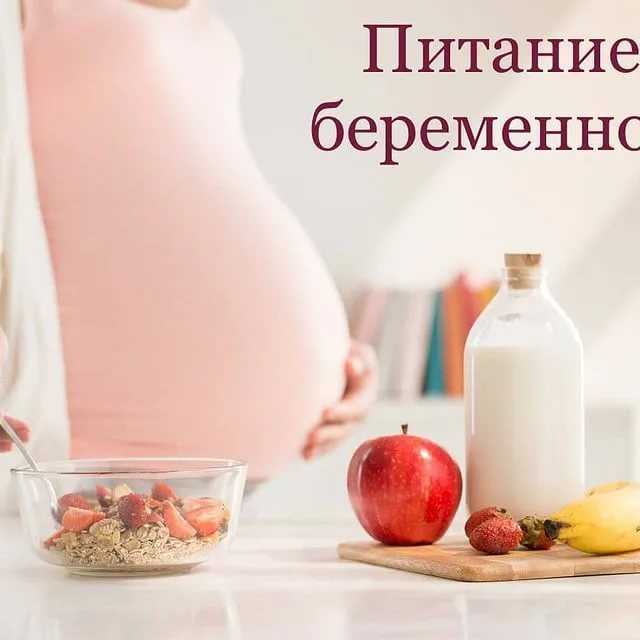
Hips
In order to tidy up the butt and its surroundings, it is best to purchase a stepper. 20-minute daily exercises on this simulator, combined with walking, will save you from the need for a long and tedious pumping of the given muscles. However, in order to quickly lose weight after childbirth, you can do without auxiliary devices. nine0007
START POSITION: stand with your back to a chair or sofa at a distance of 40 cm. Feet parallel to each other, back straight.
PROCESS: As you exhale, slowly lower yourself into a squat position until you feel the edge of a chair in your buttocks. No need to sit down! On inhalation - slowly - return to the starting position. And so three series of 20 squats.
OPTION: during the last set, you can turn the feet so that the toes look outward - this position of the legs will give an additional load on the muscles of the inner thighs.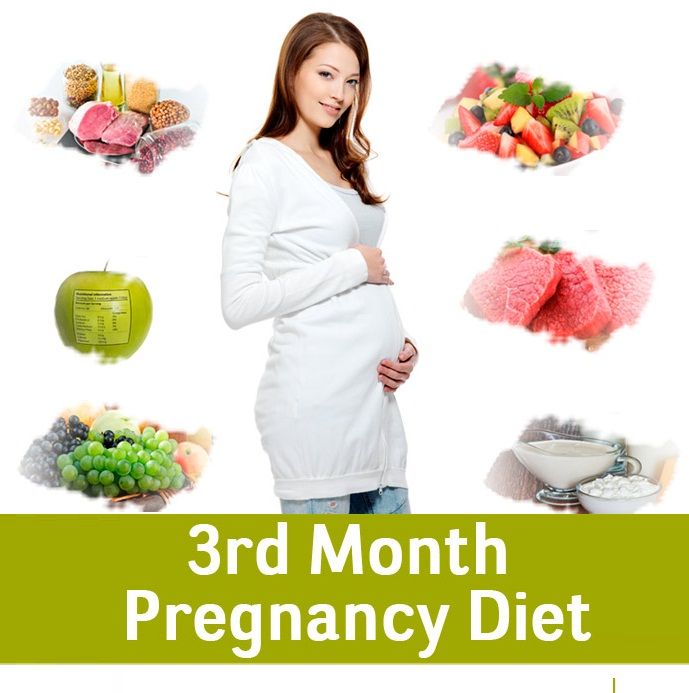 nine0007
nine0007
4 more leg exercises from a Hollywood trainer.
Stomach
There are two ways to restore elasticity and muscle tone - simple and complex.
Easy way - hoop
STARTING POSITION: feet - shoulder-width apart, arms - to the sides (or behind the head), back - straight.
PROCESS: turn the hoop clockwise - the smaller the amplitude of rotation, the better the small muscles are worked out. Movements should be rhythmic and calm (jerking movements can hurt the back). You need to spend 10-15 minutes a day doing the exercise. nine0007
NUANCES: Hoop training requires a lot of free space. You need to twist this projectile on an empty stomach: either early in the morning or just before bedtime, when only memories remain from dinner.
Hard way - exercises for the press
Upper section
STARTING POSITION: lying on the back, legs bent at the knees, feet resting on the floor, hands behind the head, hands clasped.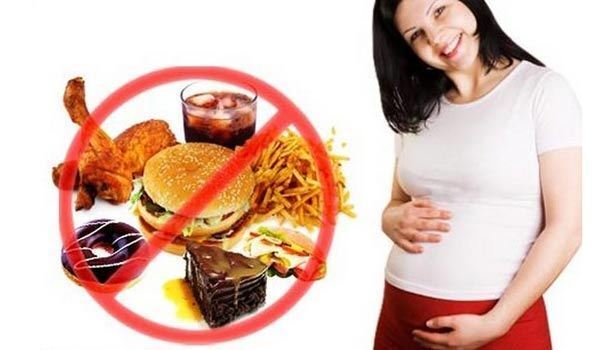
PROCESS: while exhaling, lift your upper body off the floor (about 45 degrees), while inhaling, return to the starting position. Start with three sets of 8 reps and work your way up to 20 reps in one set over two to three weeks. nine0007
NUANCES: do not arch your back and do not bring your elbows together, otherwise all your efforts will be in vain.
Lower section
START POSITION: lying on the back, arms extended along the body, legs bent at the knees, ankles crossed.
PROCESS: while exhaling, pull your knees to your chest, while inhaling, return to the starting position. Start with three sets of 8 times and in two to three weeks bring the number of lifts to 20 (in one set).
NUANCES: the spine should be “glued” to the floor, and movements should be as slow and smooth as possible.
Oblique muscles of the abdomen
START POSITION: lying on the back, legs bent at the knees, feet on the floor, hands behind the head, hands clasped into the lock.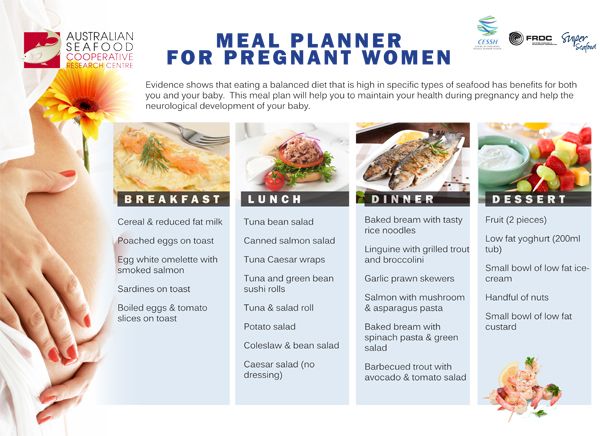
PROCESS: With your right elbow, reach towards your left knee until you feel tension in your side. Get down on the floor. Then do the same, changing the arm and leg. Bring the number of exercises to 30 (in two sets). nine0007
IMPORTANT. Keep your neck relaxed and do not pull it up with all your strength, otherwise you will get headaches or back problems in the load on a thin waist.
What is the most effective abdominal exercise? Find out here.
Expert opinion
Olga Antipova, psychotherapist, specialist in healthy nutrition and correction of eating behavior
In the postpartum period, you need to be especially attentive to your body. Be sure to make sure that your diet has enough protein (lean meat, poultry, fish), calcium (non-spicy cheeses, cottage cheese, dairy products), fiber and vitamins (vegetables, fruits, cereals). Do not try to drastically lose extra pounds: 400-600 grams per week is a safe weight loss rate for a woman who has recently given birth.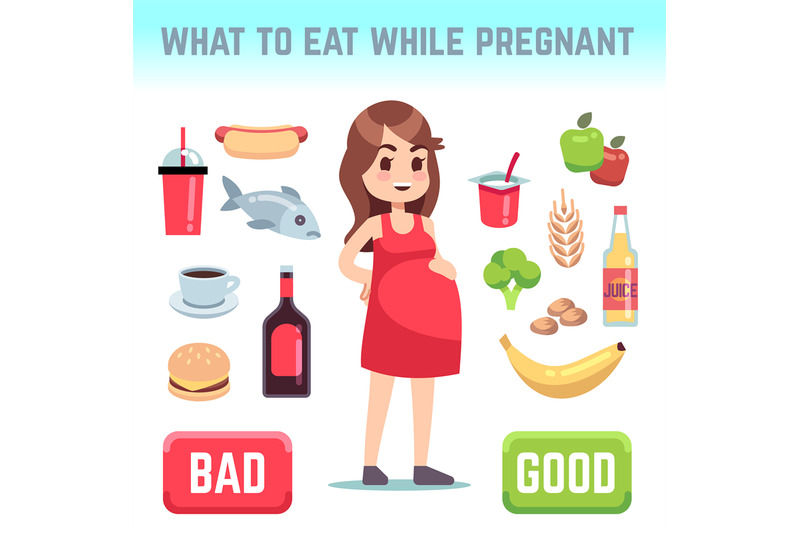 By the way, few people know this, but mothers who breastfeed their babies for at least six months are much easier to regain their previous shape than those who completely abandoned breastfeeding. And, of course, one should not ignore the intimate side of life: psychologists have long proven the connection between a lack of sex and overeating. Sometimes women are so deeply immersed in the problems of babies that they completely forget about their marital duties, and if you want to lose weight after childbirth, then abstinence is unlikely to benefit you. Good luck! nine0007
By the way, few people know this, but mothers who breastfeed their babies for at least six months are much easier to regain their previous shape than those who completely abandoned breastfeeding. And, of course, one should not ignore the intimate side of life: psychologists have long proven the connection between a lack of sex and overeating. Sometimes women are so deeply immersed in the problems of babies that they completely forget about their marital duties, and if you want to lose weight after childbirth, then abstinence is unlikely to benefit you. Good luck! nine0007
Procedures and skin care to quickly lose weight after childbirth
And finally, the third, perhaps the most enjoyable part of the process of losing weight after pregnancy. In order to consolidate the effect achieved by physical exercises and diet, it is necessary to regularly carry out cosmetic procedures.
Daily
Hips and belly
After childbirth, for active weight loss of the abdomen, thighs and buttocks, a scrub is useful: you can buy a much-needed tool instead of a large coffee grinder.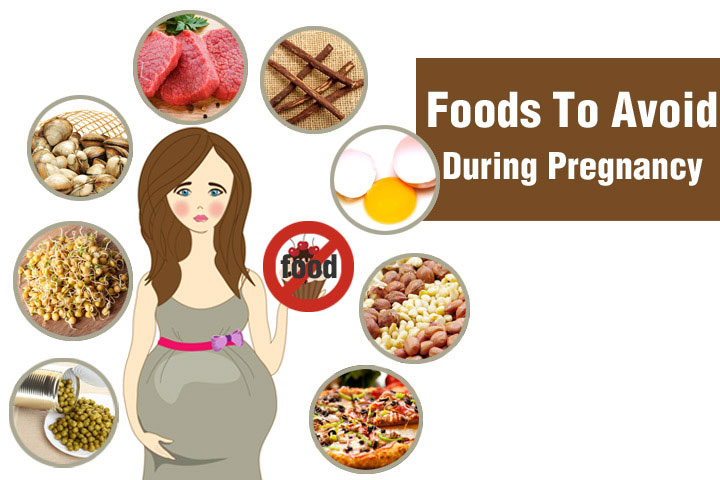 Take this “powder” and properly rub it with the problem areas previously soaped with gel. As for ready-made cosmetics, the most effective scrubs are traditionally considered to be those made on the basis of sea salt (by the way, “coffee crumbs” can and should be added to these products). How to make an effective body scrub with your own hands. nine0007
Take this “powder” and properly rub it with the problem areas previously soaped with gel. As for ready-made cosmetics, the most effective scrubs are traditionally considered to be those made on the basis of sea salt (by the way, “coffee crumbs” can and should be added to these products). How to make an effective body scrub with your own hands. nine0007
Result: the use of a coffee scrub drains excess fat deposits, reduces cellulite and, accordingly, the volume of the thighs.
IMPORTANT. Remember that you need to apply the scrub with soft circular movements in the direction from the limbs to the heart. After a shower, spread an anti-cellulite cream on your stomach, thighs and buttocks: it will tighten the skin and make it more elastic. It is important to understand that the scrub is effective in losing weight after childbirth as an additional tool in combination with sports or bath procedures. nine0007
Bust
When losing weight after childbirth, be sure to use a cream that tightens the décolleté area at the end of water procedures.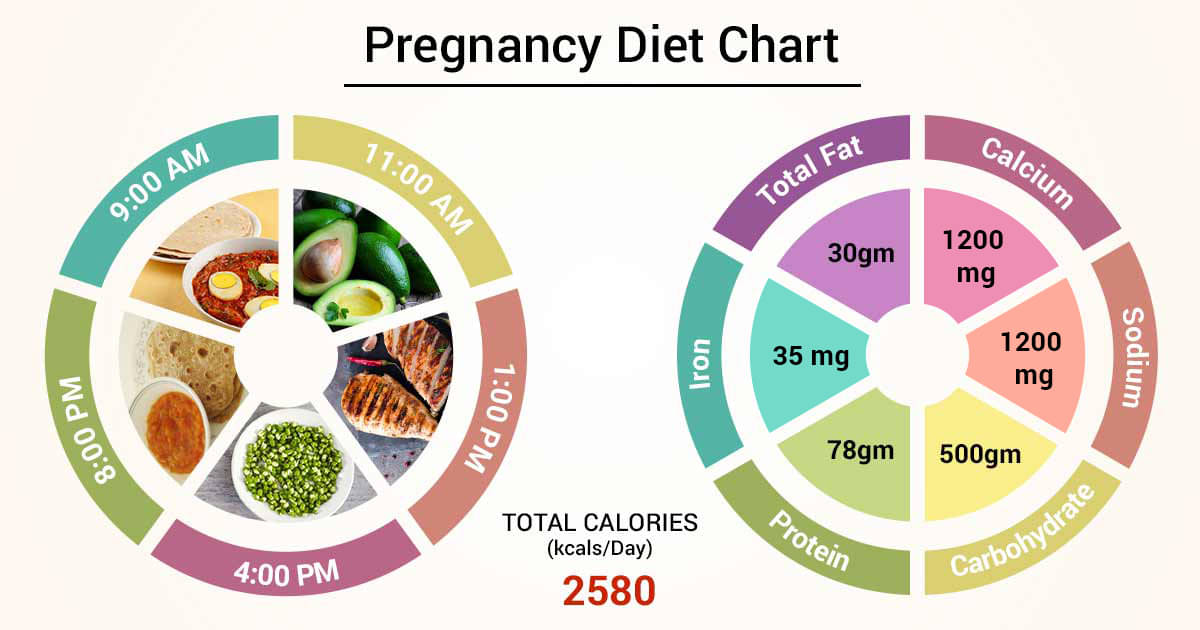 If stretch marks appear on the chest, you can add one crushed mummy tablet to this remedy.
If stretch marks appear on the chest, you can add one crushed mummy tablet to this remedy.
By the way, if you have stretch marks on your thighs or stomach, mummy can also be mixed with body creams.
IMPORTANT. In no case should the chest be massaged, creams and gels should be applied with very light and gentle movements. nine0007
2 times a week
Water treatments. Sea salt baths improve skin elasticity. If you want to get an additional massage of the thighs and buttocks, pour two bags into the water at once and, without waiting for the salt to completely dissolve, sit in the bath.
IMPORTANT. The water shouldn't be too hot.
once a week
Wraps based on white or blue clay are an excellent tool in the fight for weight loss after childbirth, they even out the silhouette and perfectly soften the skin.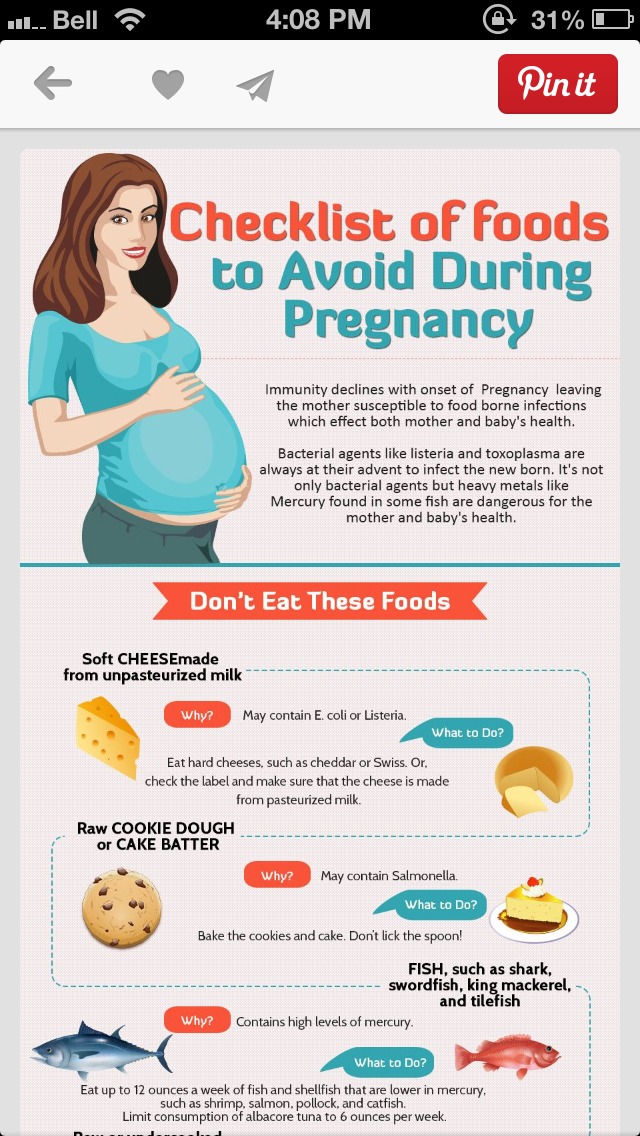 You buy clay in a pharmacy, dilute it with water to the consistency of sour cream - and apply the resulting composition to problem areas. Then wrap yourself in cling film and cover yourself with a blanket. The duration of the procedure is 20 minutes. After you wash off the clay, be sure to apply cream to the body. nine0007
You buy clay in a pharmacy, dilute it with water to the consistency of sour cream - and apply the resulting composition to problem areas. Then wrap yourself in cling film and cover yourself with a blanket. The duration of the procedure is 20 minutes. After you wash off the clay, be sure to apply cream to the body. nine0007
IMPORTANT. In case you have certain problems with veins, you can only do cold wraps (that is, no cling film and blankets!).
If there is time and opportunity, it is better to contact a cosmetologist who will give you a course of body wraps according to all the rules and prescribe other procedures that promote weight loss after childbirth.
once every six months
A course of honey massage is a very effective remedy for losing weight after childbirth. Apply any liquid honey on your thighs and stomach and tap on problem areas with dry hands (the main thing is not to do this quickly so that your palms have time to stick).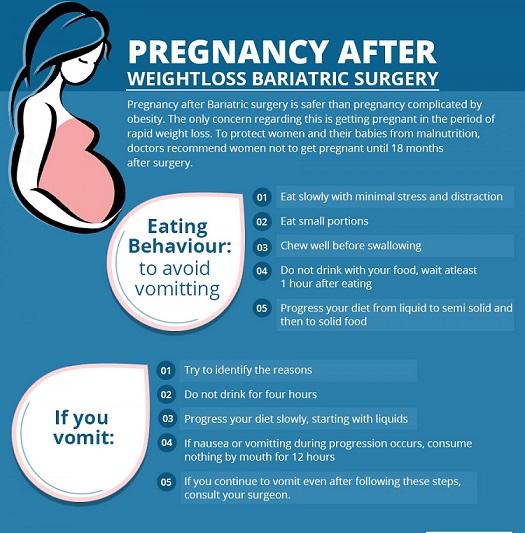 At first, the procedure may seem rather painful, but after a couple of days you will get used to the new sensations. After 10 sessions, cellulite will almost disappear. nine0007
At first, the procedure may seem rather painful, but after a couple of days you will get used to the new sensations. After 10 sessions, cellulite will almost disappear. nine0007
How to lose weight after childbirth with the help of salon procedures
It is important to understand that after childbirth you will have to forget about heavy injection and active hardware procedures, especially if the child is breastfed. After pregnancy, women often experience swelling, this problem is often perceived as being overweight. It is best removed by methods that provide lymphatic drainage, improve blood microcirculation, improve the elasticity of blood vessels and increase the internal forces of the body. To improve blood flow and facial skin, you can use mesotherapy, ultrasonic cleansing, chemical peels and lymphatic drainage massage. Cryolipolysis is also a safe procedure - it leads to a decrease in body volume by 20-25%. Thanks to the active work of the rollers, LPG lipomassage fights against any type of cellulite, makes the skin elastic and, accordingly, reduces the volume of the hips and abdomen.